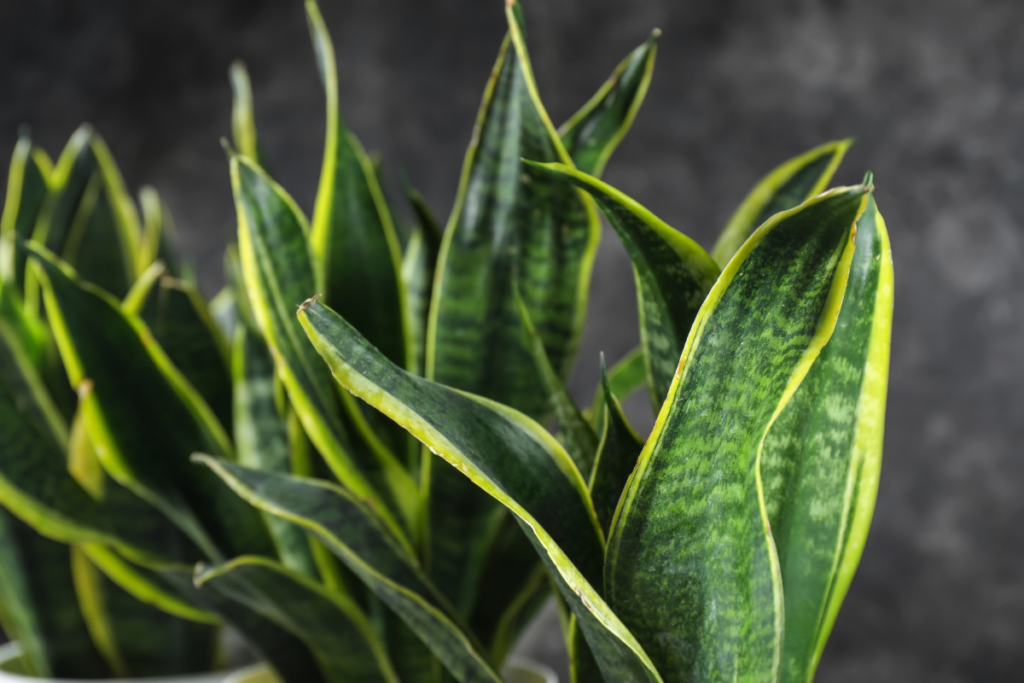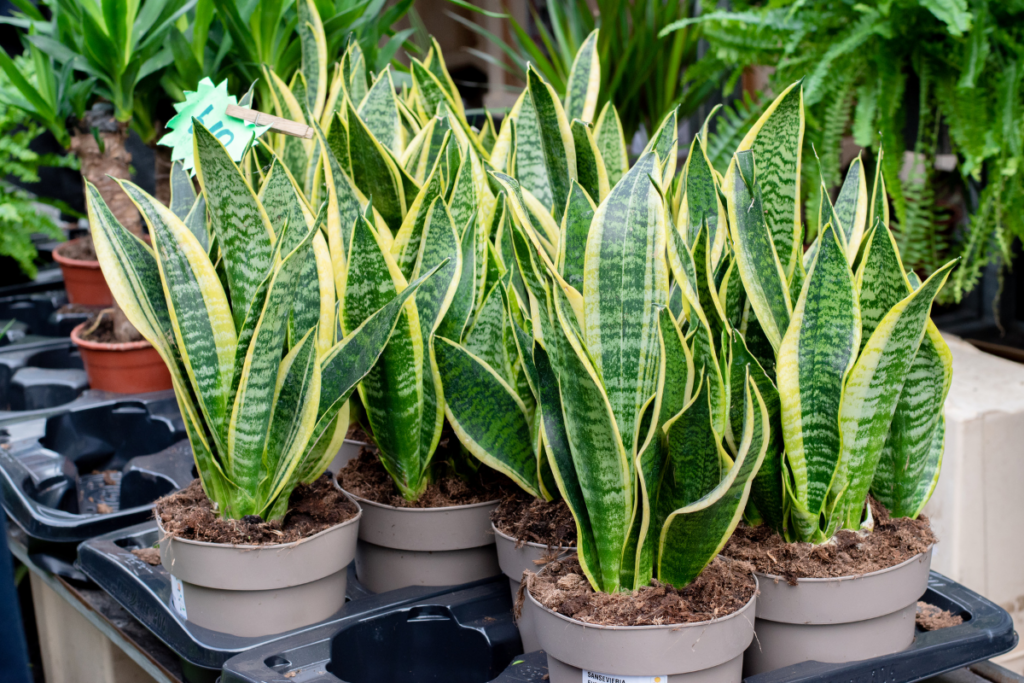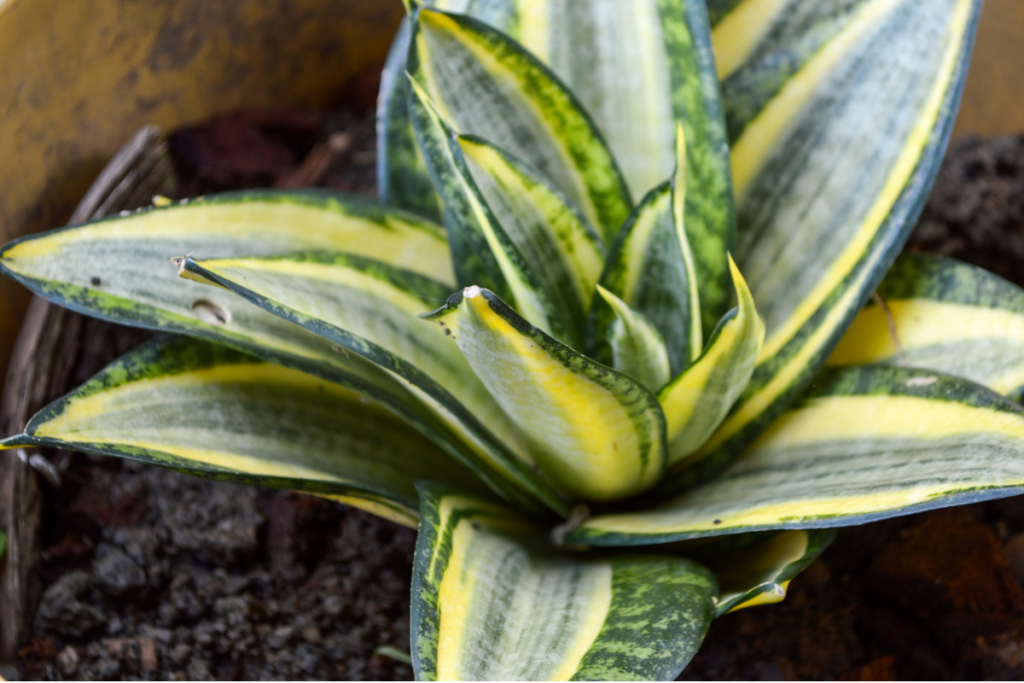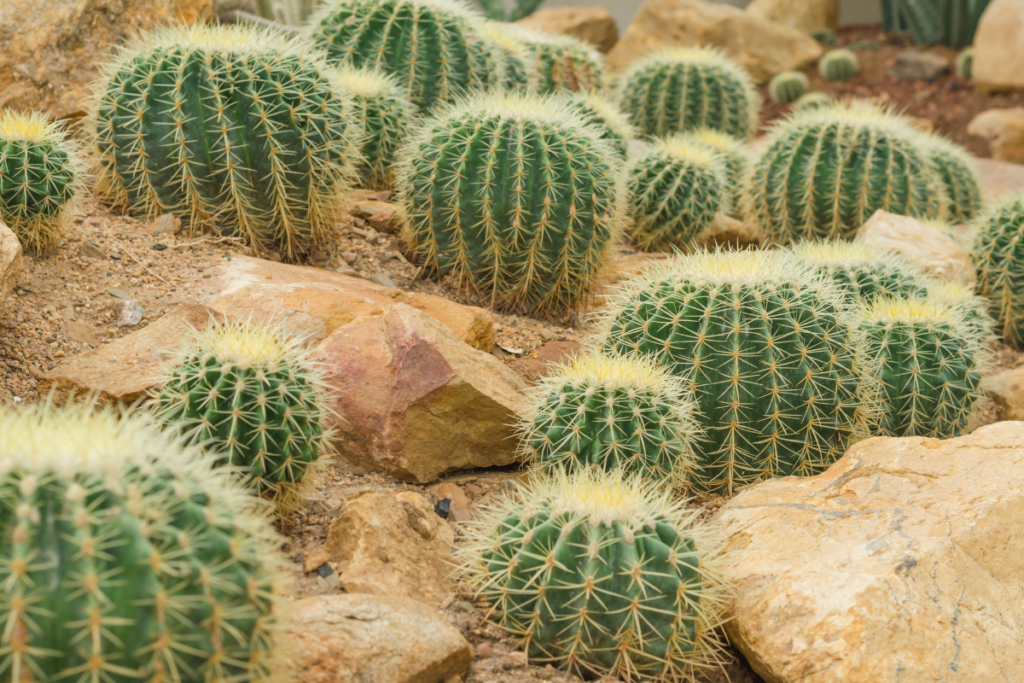Succulents are sweeping the globe. Their increased visibility in recent years has been primarily attributed to the plant craze in social media. From the depths of the unknown to taking over our gardens and beautifying our homes, succulents truly have come a long way. In this article, find out is a snake plant a succulent?

One of the most resilient and straightforward succulents to cultivate is the snake plant, often known as mother-in-law’s tongue. They are a very well-liked choice among novice indoor gardeners.
If you’re thinking of getting your first snake plant, you might be wondering if it really counts as a succulent.
Are Snake Plants succulents? Or are they cacti?
Truly, this can be confusing! But do not worry for we have done our research to clarify the categorization of snake plants as succulents. So let’s review these little water storers and get into the details.
What Is A Succulent Plant?

In order for a plant to be categorized as a succulent, there are specific plant characteristics that it must have. Here are some of the succulent characteristics that may help you identify one:
Capability To Store Water
The capacity of a succulent plant to hold water is its primary distinguishing feature. For the drier months of the year, these types of plants develop leaves, stems, and branches that store water.
Succulents often have tough leaves, and their capacity to store water inside helps plants endure dry spells. Since many succulent plants are native to warm or tropical regions found in Africa, Eastern Asia, and South America, this characteristic is especially crucial to their survival.
Succulents can come in a wide range of colors and shapes, but one thing they all share is the capacity to hold water. This explains why a snake plant’s leaves may remain erect and sturdy rather than drooping or sagging since they are normally filled with water.
Method Of Propagation
By clipping their leaves, you may quickly propagate a lot of succulent plants. The leaves can be buried in soil or water, after being trimmed to produce a new plant that will grow from the mother plant. Multiple plants may be propagated in this manner, and they may even be cultivated alongside the original plant.
For instance, if you cut a cutting from the rosette of your snake plant, it will start to develop its own stems in six to eight weeks.
Plant Appearance And Stature
It is well known that a lot of succulent plants can withstand short temperature freezes without suffering frost damage. Although there are clearly succulent variations with thinner leaves, one of a succulent plant’s most distinguishing features is its thick, fleshy leaves.
Although the snake plant’s leaves are thinner than the usual succulent plant’s leaves on average, it is still considered a succulent plant by virtue of water storage.
Succulent plants frequently have small statues, which is another shared trait. Although certain succulent plants, like the snake plant, can reach heights of several feet, many of them have a broad, bush-like appearance instead, which is probably an adaptation to help them survive in their natural habitat. These plants come in a variety of shades, including green, red, purple, and even yellow.
RELATED: Snake Plant Problems: Common Sansevieria Problems and How To Fix Them
What Are The Differences Between Succulents And Cacti?
Although the phrases “cacti” and “succulent” are sometimes used interchangeably, they do not refer to the same kinds of plant classifications. Therefore, it’s essential to be able to tell cacti and succulents apart in order to comprehend their relationship.
Let’s examine how these plants vary from one another.
Succulents

Succulents are renowned for their capacity to store water in their leaves, roots, and branches, as was previously described. On the other hand, cacti are members of one of the roughly 50 identified plant families that make up the category of succulents, the Cactaceae family.
Hence, to shortlist it, succulents are a broader group of plants coming from different plant families that share the same traits, while cacti are just one of the plant members of succulent groups. With that being said, it is safe to say that all cacti are succulents, but not all succulents are cacti!
Cacti

Since they can have thorns and spines, succulents are sometimes confused for cacti, but there is a distinction between the two.
It doesn’t matter how the plant looks or how big it is, nor does it matter if it has branches or leaves. The areoles, which are found on both succulents and cacti, serve as a defining characteristic between the two groups.
Areoles are tiny, spherical, fleshy cushions on which cacti produce flowers, hair, and leaves. While areoles are not found on all succulents, they are found on all cacti-classified species. That concludes the major distinction between a succulent plant and a cactus. However, there are still significant ambiguities in these classifications.
How Do You Identify Snake Plants?
There are currently more than 70 types of Snake plants, often known as Sansevieria. As a result, it may be a little difficult to tell snake plants from other plant species.
There are a few characteristics, nevertheless, that each variety shares. All snake plants are classified as succulents, and all of their kinds feature long, flat, sword-shaped green leaves.
Although some snake plants may have leaves that are red, purple, or yellow, most snake plants will be different shades of green.
Therefore, it should be clearly labeled when you buy a snake plant, whether you do it online or through a local retailer of indoor plants. If you’re not sure if your new plant is a snake plant, check with a nearby plant nursery or an internet horticulturist to be certain.
Are Snake Plants Tropical Plants?
Tropical and subtropical regions are the home of snake plants. They are indigenous to several continents, including Southeast Asia, Europe, and Africa. Because they are tropical plants, they can survive in both locations with moderate shade and areas with strong light.
One of the many advantages of growing a snake plant indoors is that you may put it practically any place in your house, and it will still do well. In addition, due to their drought tolerance, snake plants may spend four to six weeks without watering, depending on the type.
When grown in conditions like their natural locations, snake plants flourish and thrive. Let’s briefly go through the factors that will make it easiest for these tropical plants to grow.
Water
Undoubtedly one of the most crucial elements in maintaining a snake plant’s health is proper watering. Snake plants prefer and flourish with small amount of water. In fact, it’s highly advised that you allow the soil to dry up in between waterings. On average, you will only need to water your snake plant once or twice a month.
Overwatering is rarely the answer, even if the plant is injured or unhealthy. More so, it is advised to water the plant only once throughout the winter or if the soil is exceptionally dry.
Read more about the watering needs of your Snake Plant.
RELATED: Snake Plant Roots: What To Look For In A Healthy Sansevieria Plant
Humidity And Temperature
The preferred temperature for snake plants is 50 degrees Fahrenheit or above, which is comparable to that of their natural habitats.
A temperature range of 70 to 90 degrees Fahrenheit is the most ideal. Your plant should never be near air conditioners or drafty sections of your house because doing so might make the leaves droop.
Light Conditions
It’s well known that light snake plants are incredibly forgiving plants. Because of their high water content, they may be exposed to direct sunlight for a few hours each day without experiencing leaf scorching. They may also be positioned in locations with indirect sunlight, and they quickly adjust to bright environments.
Know more about the best light conditions for your Snake Plants.
Soil Mix
To keep your Snake Plant healthy, a loose, well-draining soil works best for them. This enables their roots to expand unrestrictedly and supply the plant with the nutrients it requires to thrive.
You may also use an all-purpose cactus soil mix for your snake plant, as they require identical care and nutrients. In addition, small amounts of peat in plant medium may be avoided since they may make it difficult for the soil to retain moisture or drain adequately.
Read about the best soil for Snake Plants.
Fertilizer
Snake plants don’t need a lot of fertilizer to survive and develop healthily. However, if your plant requires a growth boost or is in poor health, you can use a moderately strong fertilizer.
A fertilizer with an NPK (Nitrogen, Phosphorous, and Potassium) ratio of 10-10-10 is the most effective one to use for snake plants. However, since the winter is the snake plant’s slowest growth season, it is advisable to avoid fertilizing it during this time because it might result in chemical burns.
Maintenance And Care
Snake plants are prone to dust accumulation due to the way their leaves are shaped. You might want to take this into account if you’re utilizing this plant to decorate your home.
When necessary, wipe them down. To avoid having to deal with the ensuing building of dust over time, you should typically dust them down every day. But, again, remember to be gentle so as not to harm the leaves.
Repotting
Unlike other succulents, your snake plant won’t often require regular repotting. A fresh pot will only be necessary when the plant begins to spread out of its pot. Snake Plants require repotting typically every three to six months, or as soon as overgrowth becomes apparent.
Be cautious not to bury your snake plant too deeply when you repot it. When you bury it in the ground, pay attention to the depth. Moreover, when you repot it in a new pot, try to duplicate the same position as well.
Read more information on Snake Plant repotting.
Pests And Diseases
Snake plants seldom cause any pest problems. However, the likelihood of your plant contracting pests and diseases is not impossible either. Check the leaves, soil, and root system frequently for any indications of root rot or insect problems.
If you observe pests like spider mites or mealybugs, you may easily get rid of them by dipping a cotton swab in 70% alcohol. Remember to use this specific alcohol concentration, as anything beyond that may harm your plant.
What Are The Best Companion Plants For Snake Plants?
For ease or to create a more interesting-looking plant container, a snake plant may be mixed with practically any other succulent. To give snake plants’ constant greens a little color, you can also combine them with different annuals.
Fittonia, petunias, and several ivy species are examples of annuals that go well with snake plants. Ivories, in particular, can add some volume to your snake plant’s container as they frequently spill over if you let them grow to their maximum potential.
Can Snake Plants Be Mixed Together In A Pot?
Yes, you may grow several snake plants in the same container. Plants that are close to the same stage of development are best mixed together. A juvenile snake plant and a plant that is five years old may demand quite different amounts of nutrients, so you might want to avoid matching them.
Additionally, keep in mind that taking care of two plants or more might become difficult when each one starts to experience health problems.
Frequently Asked Questions
Are Snake Plants toxic to pets?
Snake plants can poison pets. These plants contain saponins, which are compounds that can make cats throw up, have diarrhea, and feel nauseous if they consume them.
How do you propagate snake plants?
Snake plants can be propagated via leaf cuttings, division, and offset propagation. Know more about Snake Plant propagation.
Can Snake Plants be grown outdoors?
Absolutely! Snake plants enjoy being outside. More precisely, they like and benefit from being in the sun, as well as the shade! As a result, they are the perfect finishing touch for any outdoor garden or simply a lovely vantage point on the porch.
Can A Snake Plant be pruned?
Your snake plant can benefit from occasional trimming, pruning, and/or propagation, which is easy and highly advised. If or when your snake plant begins to show signs of yellowing, rot, or any damage, it is preferable to cut it.
What benefits does a Snake Plant have?
For a variety of reasons, snake plants are excellent investments. For instance, they are believed to improve mental health, add a lovely scene of life to any surrounding places, are simple to maintain, and purify the air!
Final Thoughts
The snake plant is the ideal plant to start with if you’re thinking about growing plants indoors and getting into succulents.
They don’t need a lot of attention to grow and are low maintenance. They also go well with all home décor styles.
You probably can’t wait to buy one of these plants from your neighborhood garden shop. Not that we blame you!
Regardless of gardening experience, everyone can grow and enjoy snake plants since they are stunning, low-maintenance houseplants.
Editor’s Recommendations
Top 18 Rare Snake Plants You Must Have
Snake Plant Problems: Common Sansevieria Problems and How To Fix Them
21 Types of Sansevieria – Indestructible, Exotic, and Elegant Air Purifiers







